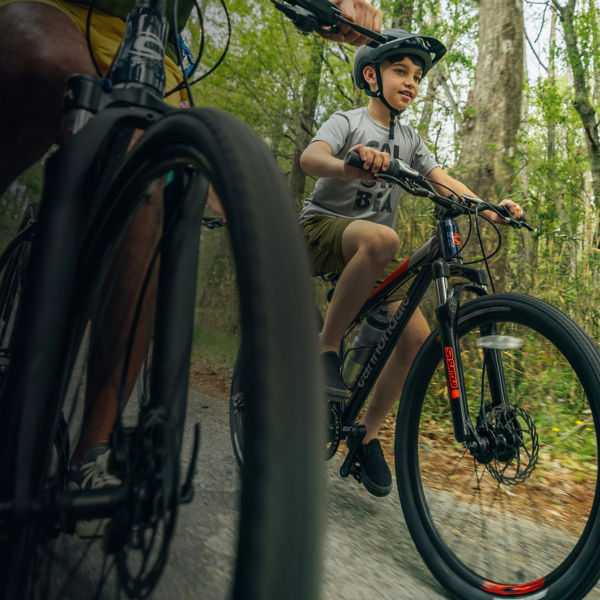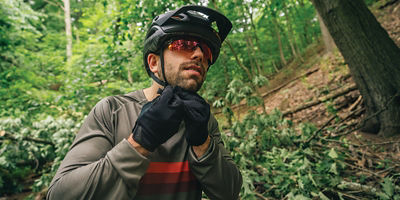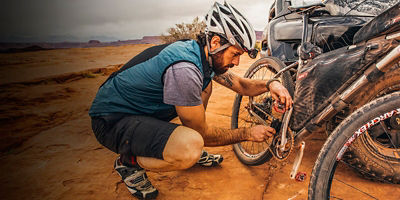
If you love riding your bike, you’re probably looking for ways to get stronger and faster. For many cyclists, that means increasing time in the saddle, the number of rides they take, and how frequently they ride. But what you do off the bike can have a big impact on your performance, too. Strength training is a great way to improve your sprinting power, your success in attacking hills, and your ability to avoid injury. To do it successfully, though, you’ll need a solid strength training plan. Here’s what you need to know to strength train off your bike so you can improve your performance on it.
Questions To Ask Yourself
Before starting a training regimen, it’s important to set goals and consider how you’ll achieve them.
What am I looking to get out of this?
Knowing your goals will help you stick to your training plan.
What resources do I have at my disposal?
Know what kind of spaces and weights you have at your disposal. Don’t build a plan that requires lots of free weights if you only have one kettlebell.
Am I prepared to stick with a plan?
Don’t set yourself up for failure—create a plan that’s realistic and that you will have time for.
Where am I in my season?
Weight training should change depending on where you are in your riding season. If you are gearing up for your riding season, you can afford to lift heavier weights and lift more frequently (two to three times per week). If your cycling season has already begun, lift only one to two times per week with lighter weights to build muscle without overtaxing your body.
How To Build a Training Plan
A good place to start your training is with a 12-week plan that gradually ramps up in intensity as you gain strength.
Exercises That Work With How You Ride
Cycling uses many different muscle groups in your legs. For leg strength, focus on exercises that extend and flex your knees and your hips. Meanwhile, strong ankles and a strong core will keep you in the correct riding position. Don’t be afraid to mix up which exercises you do over the course of a multi-workout peak, just be sure to track the weight you’re lifting to avoid guesswork and losing any gains. Pick and choose from these leg-lift standbys to make your 12-week plan:
- Squats
- Deadlifts
- Leg extensions
- Lunges
- Box jumps
- Calf raises
- Deadlifts (either with a bar or kettlebell)
Include exercises that help with ankle stability to maintain bike balance and control:
- Standing one-leg balance
- Ankle rotations in either direction
- Ankle alphabet
Don’t ignore your core—essential for cycling control, power, and comfort. Mix in a few of these each workout as well:
- Crunches
- Russian twists
- Planks
- Standing single-leg toe touch (also helps with ankle stability)
- Penguin taps
- Toe touches





















